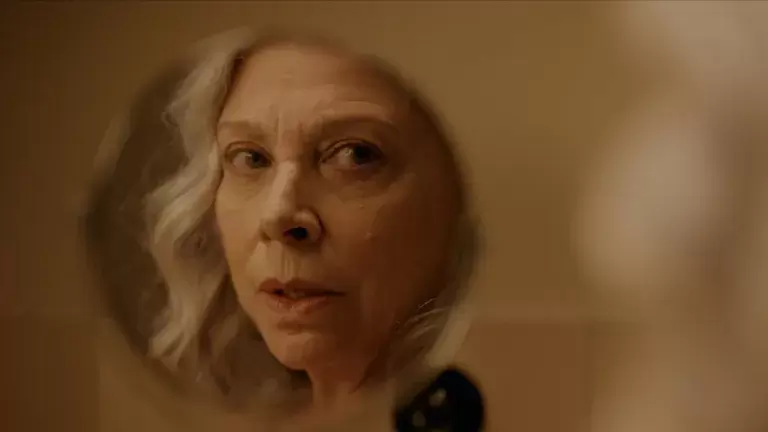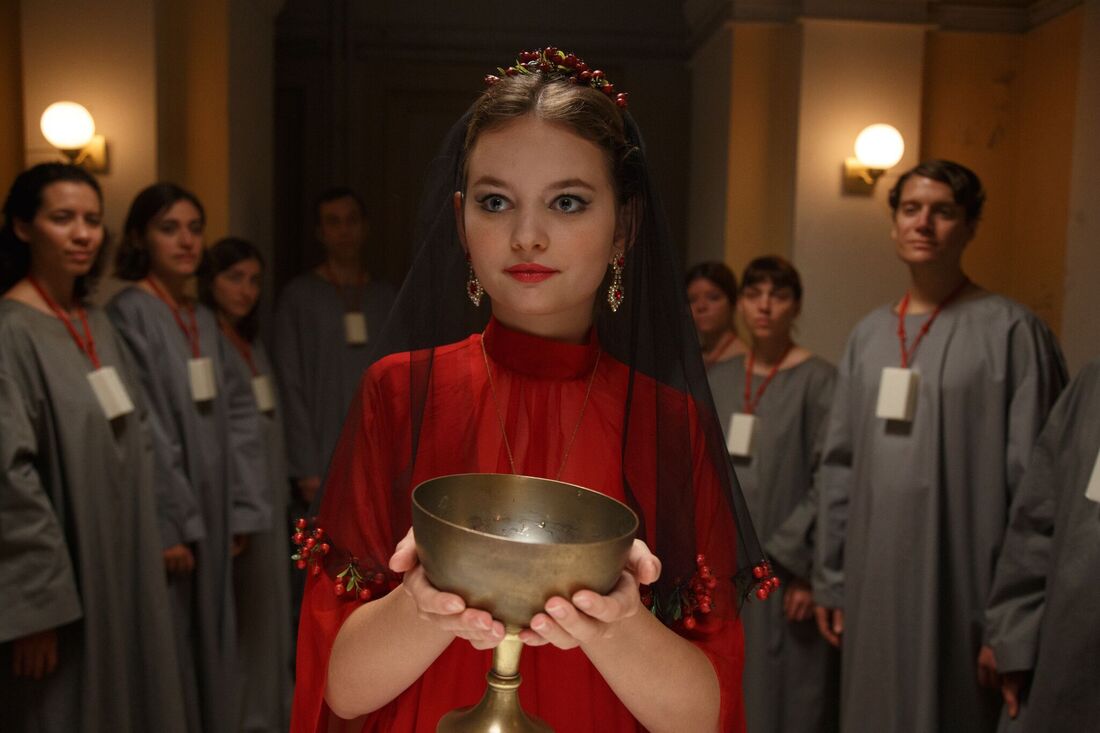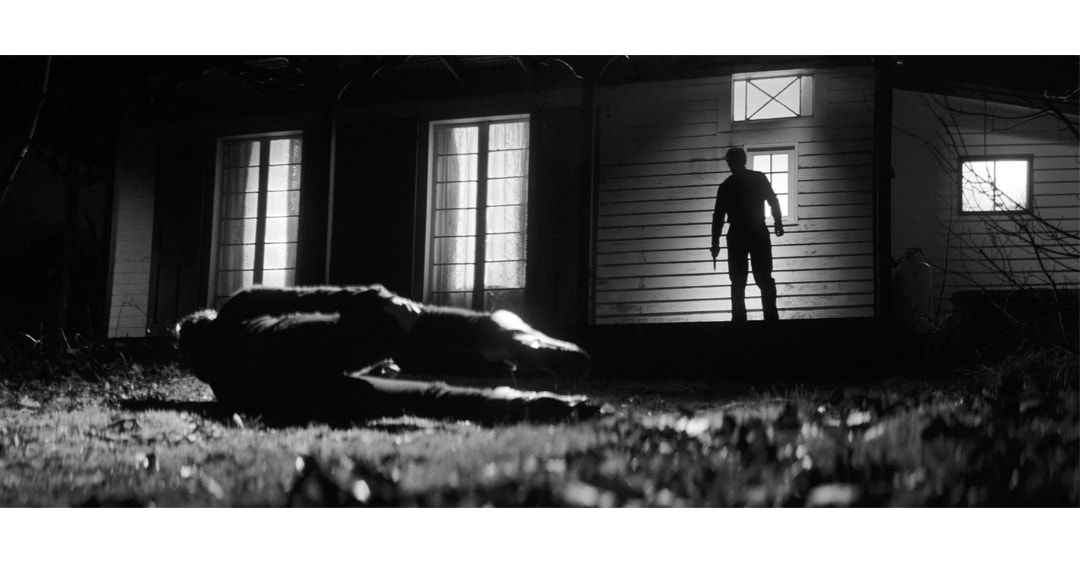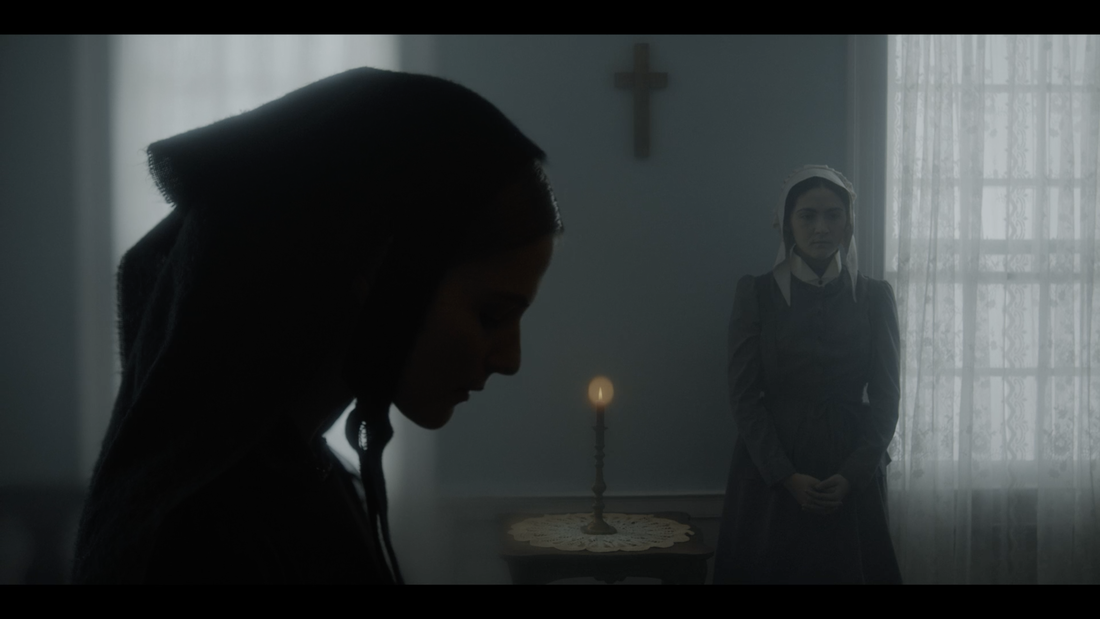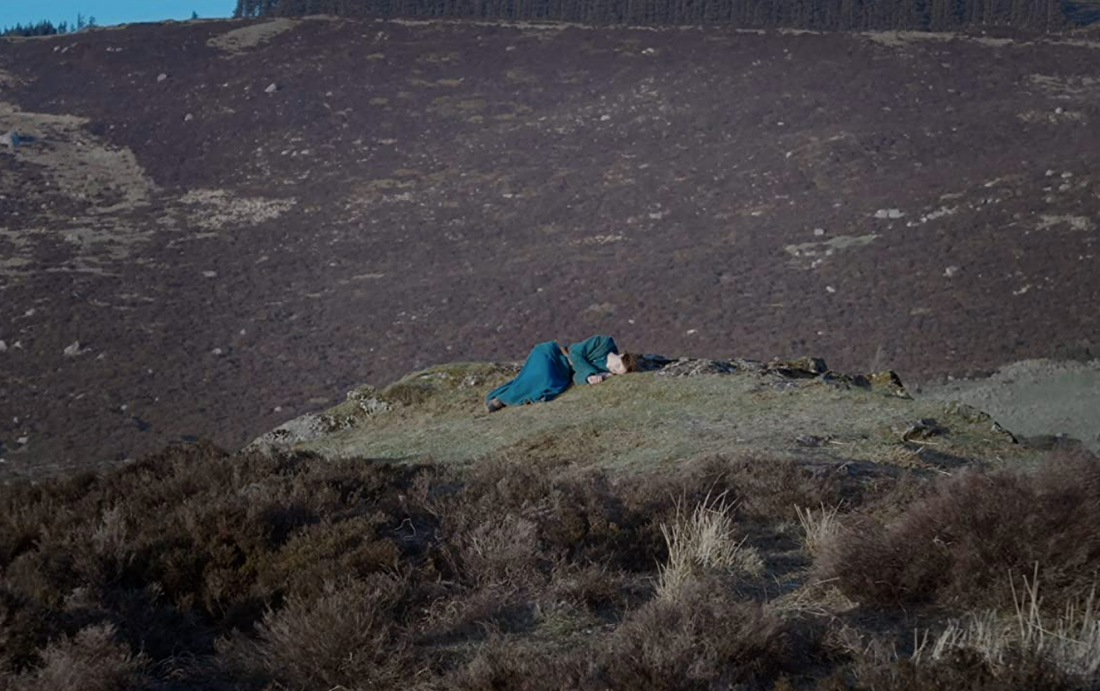|
Originally published on Elements of Madness.  L-R: Michelle McLeod stars as Mejal, Sheila McCarthy as Greta, Liv McNeil as Neitje, Jessie Buckley as Mariche, Claire Foy as Salome, Kate Hallett as Autje, Rooney Mara as Ona and Judith Ivey as Agata in director Sarah Polley’s film WOMEN TALKING. An Orion Pictures Release. Photo credit: Michael Gibson. © 2022 Orion Releasing LLC. All Rights Reserved. With an impressive cast, best-selling source material, two Oscar nominations, and one Oscar win, Women Talking has gotten a lot of buzz. Unlike some of this year’s other best picture nominees, Women Talking isn’t supposed to entertain crowds or draw hordes of movie fans to the box office. It’s supposed to make you think. Written and directed by Sarah Polley (Take This Waltz), the film is based on Miriam Toews’s novel of the same name which is inspired by events that occurred in an isolated Mennonite community in Bolivia. The novel explores what might have happened if women in the community had met in secret to decide what to do about ongoing sexual abuse. Together, they must figure out if they will leave, stay and fight, or do nothing. They carefully consider the pros and cons of each option, and they must ultimately choose between the familiarity and religious security of their community and the potential freedom they might experience in a world they know nothing about.
0 Comments
Originally published on Elements of Madness. When director Patricia Ortega found a revealing picture of her mother as a young woman, scantily clad in an open bathrobe, she didn’t recoil in embarrassment. She made a movie about it. Ortega was surprised by such a blatant display of sexuality from a Catholic woman whom she had only ever known as a mother, and she wanted to explore the role of passion, desire, and sexuality in older women. The main character of her film, Mamacruz, is a 70-something-year-old grandmother who earns a living doing small sewing jobs and taking care of the icons and figurines in the local Catholic Church. Cruz (Kiti Mánver) is also learning how to use a tablet so she can keep in touch with her daughter, who is in a dance company in Vienna. When Cruz accidentally stumbles upon pornography while messing around on the tablet, she begins a journey of self-discovery and seeks to reignite her sense of passion and pleasure. Despite the strictness of her religious community and the societal expectations for women her age, Cruz finds that there’s a lot more she could be getting out of life.
Originally published on Elements of Madness. One of the scariest things about cults is that they can form right under our noses. Cult leaders need to psychologically isolate their followers in order to maintain control, but they don’t have to keep everyone on a remote island in order to do so. Still, perhaps the best way to illustrate the intense psychological control that cult leaders achieve is to tell a story about a cult that’s geographically isolated from the real world. Perhaps the best way to demonstrate how a deeply disturbed man could earn the trust and respect of a whole community of devout followers is to confine that man and his followers to a remote location that seems to exist in a universe of its own. In Nikias Chryssos’s A Pure Place, a sickeningly imaginative film that he wrote with Lars Henning Jung, the entire population of a remote Greek island is under the spell of a charming and charismatic leader named Fust (Sam Louwyck). This deeply disturbed (but powerful) man is utterly obsessed with cleanliness, and he’s positioned himself as a savior who will lead the people to a pure place that’s free from man’s worst enemy: dirt. In addition to following Fust, the community also worships Hygeia, the Greek goddess of cleanliness. The cult is intense and otherworldly, so separated from the real world that Fust’s twisted desires have become the only law. The one thing connecting this mysterious island to the outside world is the product that Fust’s followers make in his factory: soap.
Originally published on Elements of Madness. If you’re into Southern Gothic literature, you’ll go nuts over Mark O’Brien’s feature directorial debut, The Righteous, which screened at the Fantasia International Film Festival earlier this month. Granted, it was filmed in Canada and not the American South, but it sure does capture the dread, madness, religious anxiety, supernatural freakishness, and overall darkness of the genre. The Righteous tells the tale of ex-priest Frederic (Henry Czerny) and his wife, Ethel (Mimi Kuzyk), who are trying to make sense of their lives after they lose their only daughter. The couple’s mourning process comes to a halt one night when a stranger, Aaron (Mark O’Brien), shows up outside their home with a sprained ankle. Aside from his irreverent vocabulary and general secretiveness, Aaron is a harmless, mild-mannered kid. However, his presence casts a haunting shadow over Frederic and Ethel’s household, a shadow that will change their lives forever.
Originally published on Elements of Madness. You don’t necessarily need complex characters or ingenious plot twists to write an engaging story. With strong imagery and a clear, palpable tone that physically affects your audience, you can transform the most overdone plot into a memorable tale. Writer/director Edoardo Vitaletti demonstrates that kind of storytelling craftsmanship in his feature debut, The Last Thing Mary Saw, which premiered at the 2021 Fantasia International Film Festival. Every aspect of this suffocatingly dark period drama, including its characters and plot, takes a backseat to its tone and mood. As a result, The Last Thing Mary Saw is bursting with palpable dread that will chill you to the bone.
Originally published on Elements of Madness 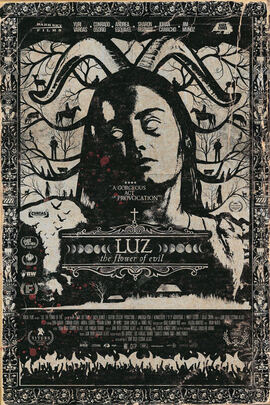 Last year, Ari Aster set the bar high for “daylight” horror films with Midsommar, a terrifying fantasy that casts its disturbing events against a beautiful, blossoming, sunlit backdrop. The genre-play proved to be quite successful for Aster, although the effect is not so much scary as it is genuinely disturbing. Fans of Midsommar will find a somewhat similar effect in Luz: The Flower of Evil, a folk-horror fantasy from writer/director Juan Diego Escobar Alzate. Combining the narrative elements of religious-cult horror films such as The Other Lamb (2019) with the vibrancy of Midsommar, Luz: The Flower of Evil is a stunning and layered exploration of faith, evil, and the search for meaning. Originally published on Elements of Madness If Céline Sciamma’s recently released Portrait of a Lady on Fire paints a picture of female community and camaraderie at its best, honing in on the lives of women as they create space for each other outside of patriarchal society, then Malgorzata Szumowska’s The Other Lamb illustrates the opposite end of the spectrum. With a fervent religious cult as the vehicle for its nightmarish story, The Other Lamb spins a haunting tale about the limitations of female friendship and identity under patriarchal influence. This “tale” is, of course, still an everyday reality for many women, and the horrors of the story will no doubt resonate with a large audience. It’s cathartic and angry, but before releasing its rage, it sympathetically explores touchy subjects like desire, Stockholm syndrome, and the confusing web of signification that fights for control over the female body.
|
"Our embodied spectator, possibly perverse in her fantasies and diverse in her experience, possesses agency...finally, she must now be held accountable for it." Categories
All
|

